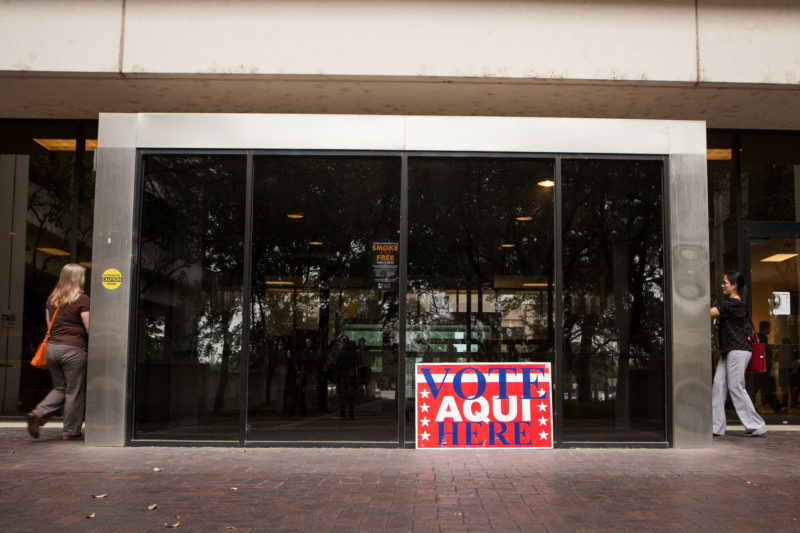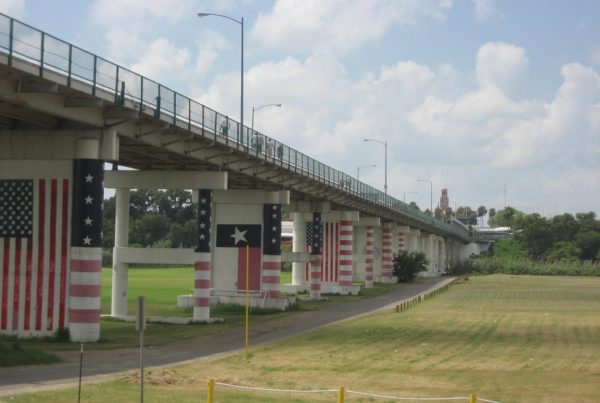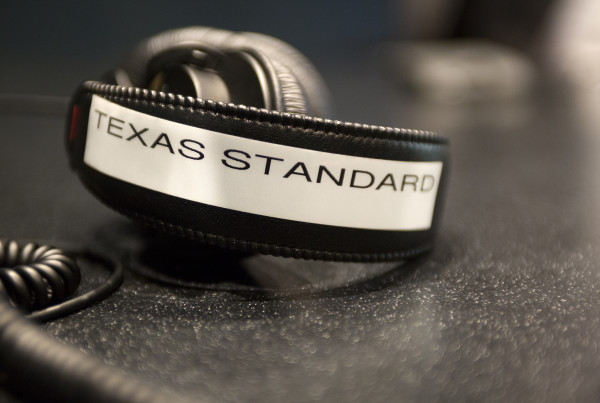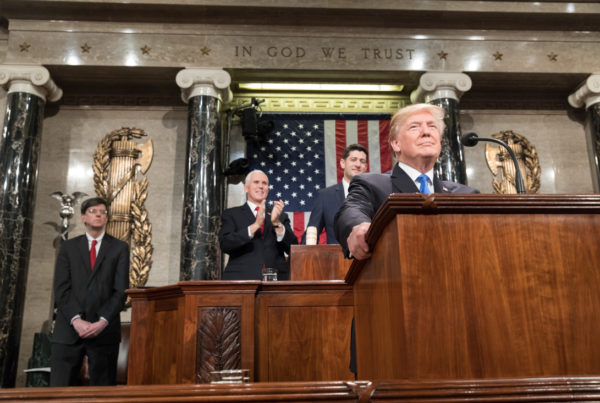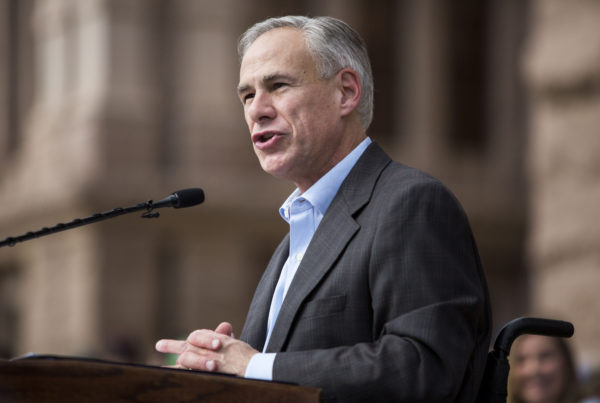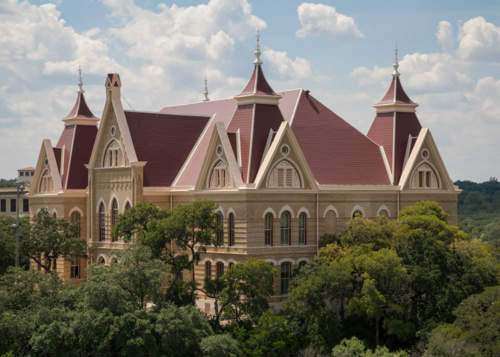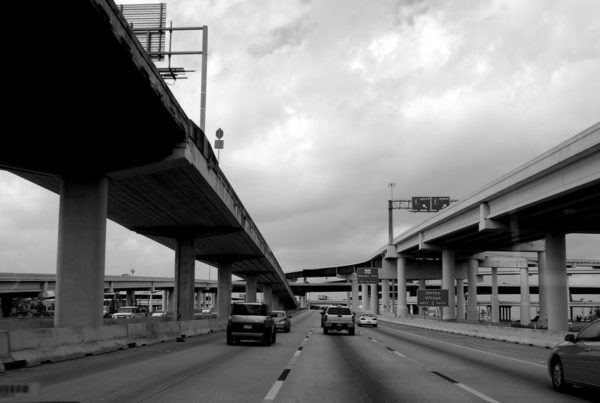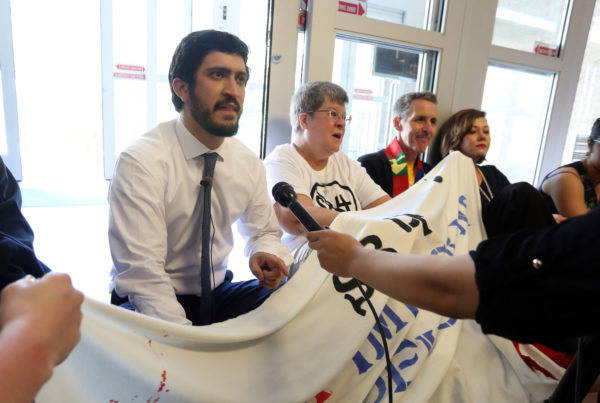The Standard’s news roundup gives you a quick hit of interesting, sometimes irreverent, and breaking news stories from all over the state.
Texas holds its 2018 primary elections before any other state in the country: March 6. Democrats and Republicans are vying to be their party’s nominee for a number of offices, including Texas Governor, Land Commissioner, and a seat in the U.S. Senate.
If you are not already registered to vote – there’s less than a week left to sign up to take part in either the Republican or Democratic primaries. You can register by mail or in-person at a county office.
(KUT News put together this helpful primary primer too to make sure you’re all set to vote.)
Sam Taylor, a spokesperson for the Texas Secretary of State’s Office, says midterm election primaries typically are not a big draw for Texas voters. “So since this is a midterm year and not a presidential year,” Taylor says, “history tells us that around 15 percent of registered voters will turn out during the primaries.”
Taylor says about 30 percent of registered voters in Texas typically turn out for presidential primaries. And again, if you’re planning to vote in the March primaries you must register or have your registration postmarked by Monday, February 5.
More than a billion dollars – $1.7 billion to be exact – is sitting in a state fund to fight air pollution in Texas, yet state lawmakers aren’t spending that money. KUT News reporter Mose Buchele explores why that’s the case.
It’s called the Texas Emissions Reduction Plan or TERP. It’s funded through fees on some vehicle purchases. It’s meant to improve air quality and help keep parts of Texas within attainment of federal ozone standards.
But through the years lawmakers have not allocated all the money collected for that. Instead they’ve kept some TERP funds to essentially show cash-on-hand so they can balance the state budget. Yesterday the State Senate Finance Committee took a look at the practice.
During the hearing some lawmakers advocated spending the money on its intended purpose, while others seemed to prefer cutting or not renewing the TERP program to draw down the fund.
One of the most historic sites in Houston is getting a major restoration.
The original Apollo Control room at the Johnson Space Center, which was designated a national historic landmark in 1985, is being restored to how it looked 50 years ago. Houston Public Media‘s Ed Mayberry reports:
About $4 million towards restoration has already been raised by the nonprofit Space Center Houston and the city of Webster.
William Harris is CEO of Space Center Houston. “So we’re actually going to be restoring the whole room back to the Apollo era,” Harris says. “And so that requires refurbishing all of the consoles. And you have to remember this is 1960s technology that we’re talking about, so we don’t use tubes, and it’s hard to receive those components.”
Flight control consoles are being restored in Kansas. They’re focusing on the most essential rooms during the July 1969 moon mission – Mission Control, the summary display projection room, the simulation control room, and the recovery operations room. The visitors viewing area is also being restored.
“The fabric on the chairs is the original fabric from the 1960s,” Harris says. “We’ve made the decision to remove it, shampoo it and re-install it on the chairs, so when visitors take the behind-the-scenes tram tour you’re going to be sitting on the actual fabric of the chairs from the Apollo era.”
The Space Center’s website has information on helping achieve their $5 million restoration goal. Completion is expected in time for next year’s 50th anniversary of the Apollo 11 moon landing.


